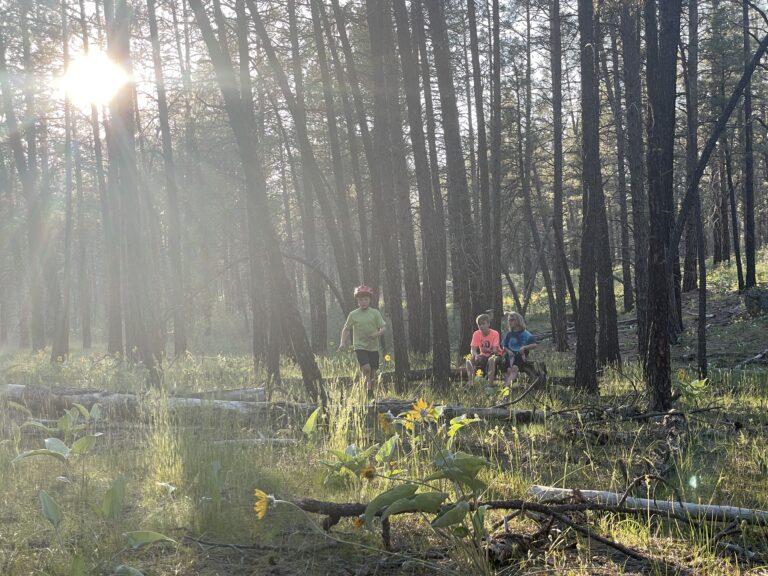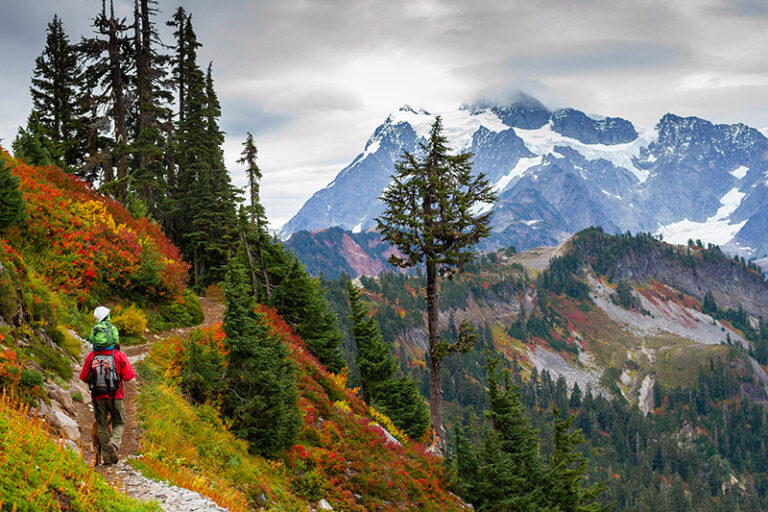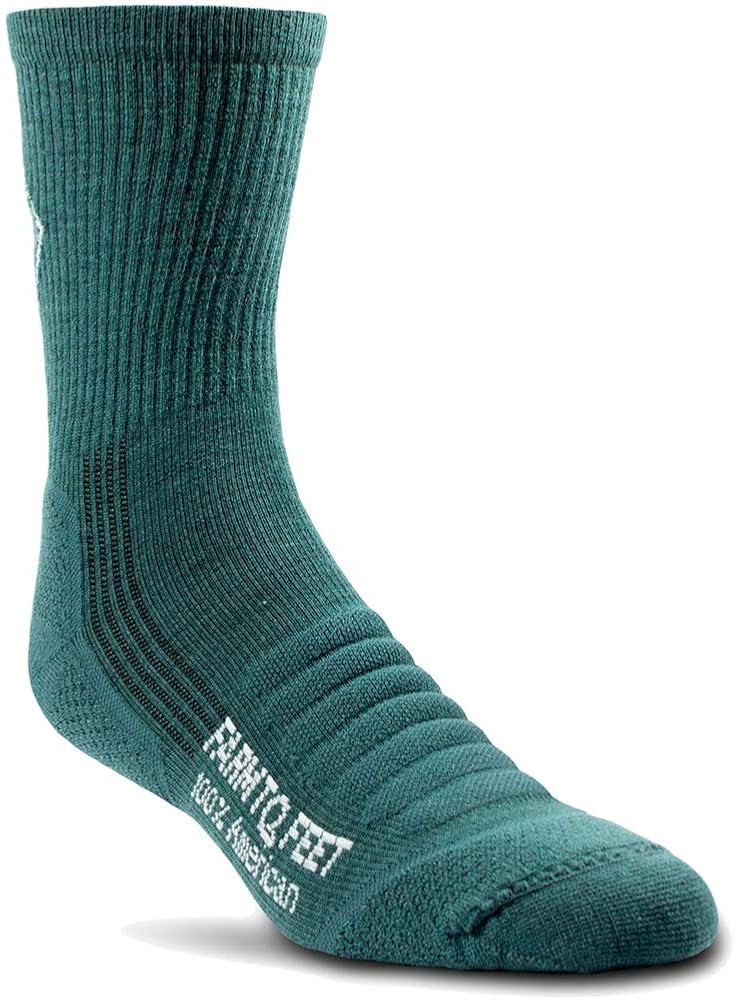FINDING THE RIGHT LONGBOARD setup, as a novice, can feel overwhelming. Because manufacturers offer so many styles, it can be hard to decide what to buy. Riders must not only choose the style, but they must also choose the length, shape, flexibility, wheels, trucks and bearings that will best fit them.
Like any sport, new enthusiasts sometimes get discouraged by the thought of buying the wrong gear. If you’ve ever ventured into a new sport you know how expensive gearing up can be. Since the initial cost for the various components can quickly add up, many people hesitate to start.
Here’s what you need to know to be more confident about investing in a longboard.
First, estimate your budget by considering the style of riding you will be doing and how often you will ride. According to Mike Thompson, owner of Concrete Reef Skateboards in Spokane, whatever type of riding you plan to do you want your set-up to fit your needs.
“If you are just getting started I wouldn’t recommend getting into a downhill board… you won’t be able to turn it as well,” he says.
If you plan to ride large hills for speed, you will want a longer, stiffer board for stability. You will also want larger, wider vented wheels with high quality hubs, ultra smooth bearings and stronger trucks for supporting the additional weight and vibration.
For sidewalk surfing, it’s best to have a shorter board with lighter trucks for better maneuverability and harder wheels for power slides and other tricks. You might also consider a board with a kicktail.
After determining how you want to ride, decide how much you can spend and if you want a kit or if you’d rather piece a board together. A great place to start is a local shop like Mountain Goat Outfitters. Many websites also offer complete longboard kits ranging from $99.99 to $489.99. Although kits offer initial savings, often times they’ll need some tweaking. If you go this route, set some money aside so you can replace components you don’t like.
If you’d rather piece one together here’s a general idea of what you’ll need and how much money you can plan to spend.
The board itself is known as a “deck” ($50-$180) and varies according to length, thickness, material, shape, graphics, flexibility and durability. When selecting a deck, you’ll want to make sure it will work with the other components. Some decks have cut-outs or routered wheel wells to prevent rubbing while turning depending on the wheel size you select.
All skateboards, long or short, have “trucks.” These are what mount the wheels to the board. Shortboard trucks are wide and light for turning quickly or tricks. They are usually made of lighter materials like aluminum and tend to be cheaper than longboard trucks and less durable.
Longboard trucks are more narrow and sturdy and have a higher stance providing more clearance for larger wheels, which adds leverage for turning. Trucks made for longboards also offer better bushings for a smoother ride. Trucks range in width from 6.125” to 10” (cost $20-$220/pair). Companies like Randal, Paris Trucks or Gun Metal offer a good value ($40-$50/pair).
Wheels ($18-$120/set) are classified by size and hardness (durometer). Sizes range from 49mm to 107mm in circumference. Wheel hardness on the durometer ranges from 54d to 103a. Lower durometer numbers are softer and grip better to provide a smoother ride. Higher numbers are harder and slide easier. For the rough roads and sidewalks in the Inland Northwest, Thompson recommends a 70mm-85mm wheel. Kryptonics or Sector 9 offer a good value at $30-$45/set.
Bearings ($8-$100/set) vary substantially depending on quality—measured from Abec 3 to Abec 9. Abec 3s are the cheapest. These are commonly made from low-grade steel and tend to pit providing poor movement. Abec 9s have the best movement and are made from super hard carbon steel, ceramic or titanium. Titanium are considered to be some of the best, but ceramic bearings ($25-$45/set) can be a good value—they won’t pit or rust.
If you’re looking for a more personal approach or prefer to buy local, you can have a board custom made locally by Thompson’s company, Concrete Reef Skateboards—starting around $180.
Be sure to set money aside for safety gear. Basic necessities include a helmet and gloves. Pro-Tec helmets offer a good value for $40-$60. Good gloves with pads in the palms and fingertips are $60-$70. Additionally, elbow, wrist and kneepads are always a good idea for big hills ($40-$60/set).
Although you can drop a couple hundred bucks for safety gear, the investment can be significantly less than a single trip to the emergency room. “Always wear a helmet, the pavement is a very unforgiving medium for your head,” says Thompson.
One of the best ways to get started is to talk to a friend who is already riding. Ask him or her to try his/her board for a few runs and get the feel of it. Then ask about what components are on that board. If you don’t know anyone with a board, try finding a blog or forum with other local people who ride. This will help you figure out what you want.
Over the years, boarders have beautified their boards with paint, decals, carvings, engravings, lacquers, stains, varnishes and just about anything else you can think of. It’s this part of the process that truly allows you to make your board your own. Just remember, no matter what your board looks like, it’s not a matter of what you ride, it’s simply a matter of whether you ride or not.
By Jeff Ferguson













